Cervical disc herniation can cause many dangerous complications, the recovery process is not easy and there is a high possibility of recurrence even after successful treatment.
The article was professionally consulted by Dr. Bui Huy Can, University of Medicine and Pharmacy Hospital, Ho Chi Minh City - Facility 3.
Define
- Cervical disc herniation is when the nucleus pulposus of the disc escapes from its normal position due to a tear in the annulus fibrosus.
- The direction of the herniated disc can be posterior, lateral, into the foramen causing compression of the roots and nerves in the cervical spine.
Reason
- Cervical disc herniation can develop due to many different factors, such as:
* Disc degeneration over time.
* Trauma directly affects the spine.
* Incorrect posture when sitting, lying or working.
* Sudden movement of the cervical spine.
* Genetics.
* Unhealthy lifestyle, such as lack of physical exercise, poor diet, smoking habits...
- In addition, sometimes, connective tissue disorders or spinal deformities also contribute to cervical disc herniation.
Who usually gets sick?
- The disease tends to be more common in men.
- Commonly found in ages 35-55.
Symptom
- Sudden pain and stiffness in the neck on the right or left side or in the back. The pain may be mild, moderate or severe.
- Surrounding areas can also be quickly affected such as the shoulders, arms, head, especially the back of the head and eye sockets.
- Accompanied by a feeling of pain and numbness in the limbs, usually in the arms - hands - fingers.
- In case the spinal cord is compressed by a herniated disc, the feeling of pain and numbness starts from the neck and quickly spreads to the limbs. Even the whole body can be affected.
Diagnose
Based on the results of the cervical spine MRI, the radiologist will accurately determine the location, nature, extent and prognosis of the injury the patient has.
Complications
Subjective patients lead to delayed treatment, which can lead to a series of serious complications. The first and most obvious is cervical spinal stenosis leading to cerebral ischemia and spinal cord compression syndrome. If spinal cord compression is severe, there is a risk of permanent quadriplegia.
Treatment
- Modern medicine
* Common anti-inflammatory pain relievers can be used for immediate effective treatment, but the limitation is that they cannot be used long term and cause some side effects on the digestive tract.
* If the disease progresses severely, surgery may be needed to end the above condition. However, according to statistics, only 5% of cases actually require surgery.
- Traditional medicine
* Often used are medicinal herbs that have the effect of warming the meridians, promoting blood circulation, dispelling wind and cold, eliminating dampness, and nourishing the liver and kidneys, such as piper lolot, cinnamon, sedge, Indian pennywort, rehmannia glutinosa, solanum procumbens, Chinese clematis, polygonum multiflorum, etc.
* Acupuncture and other treatment methods such as thread implantation, laser acupuncture, auricular acupuncture, hydroacupuncture, acupressure massage, physical therapy (infrared, herbal compresses)... combined with medicine increase the effectiveness of treatment.
Prevent
- In manual labor, be careful not to carry heavy objects on your head or large weights on your shoulders.
- Timely treatment of cervical spondylosis.
- Change bad habits in daily life, work, study and sports activities.
- Avoid sudden or excessive neck bending, neck arching or neck rotation movements for a long time.
- Perform appropriate cervical spine exercises to increase flexibility.
American Italy
Source link


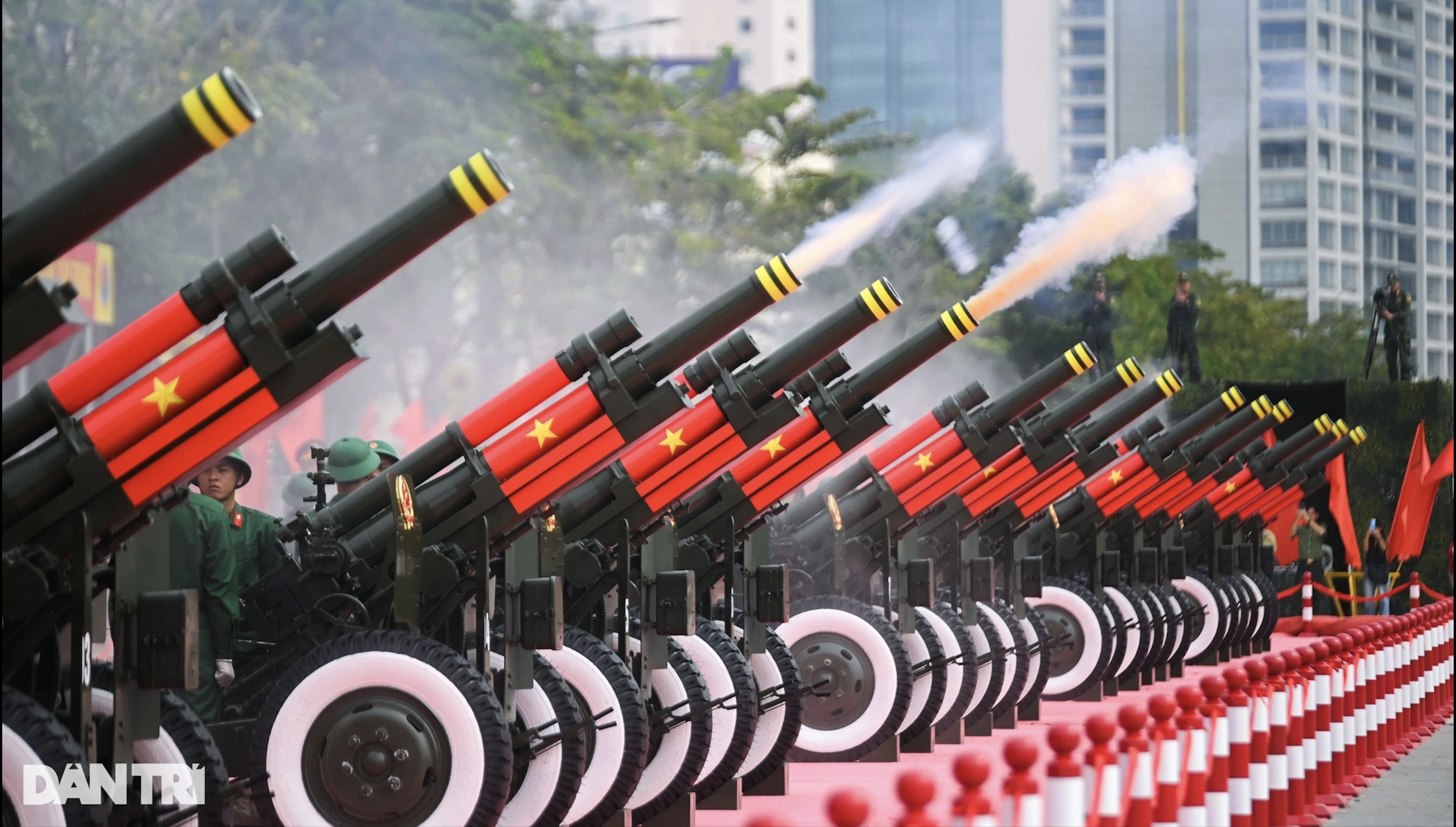



![[Photo] Visiting Cu Chi Tunnels - a heroic underground feat](https://vstatic.vietnam.vn/vietnam/resource/IMAGE/2025/4/8/06cb489403514b878768dd7262daba0b)



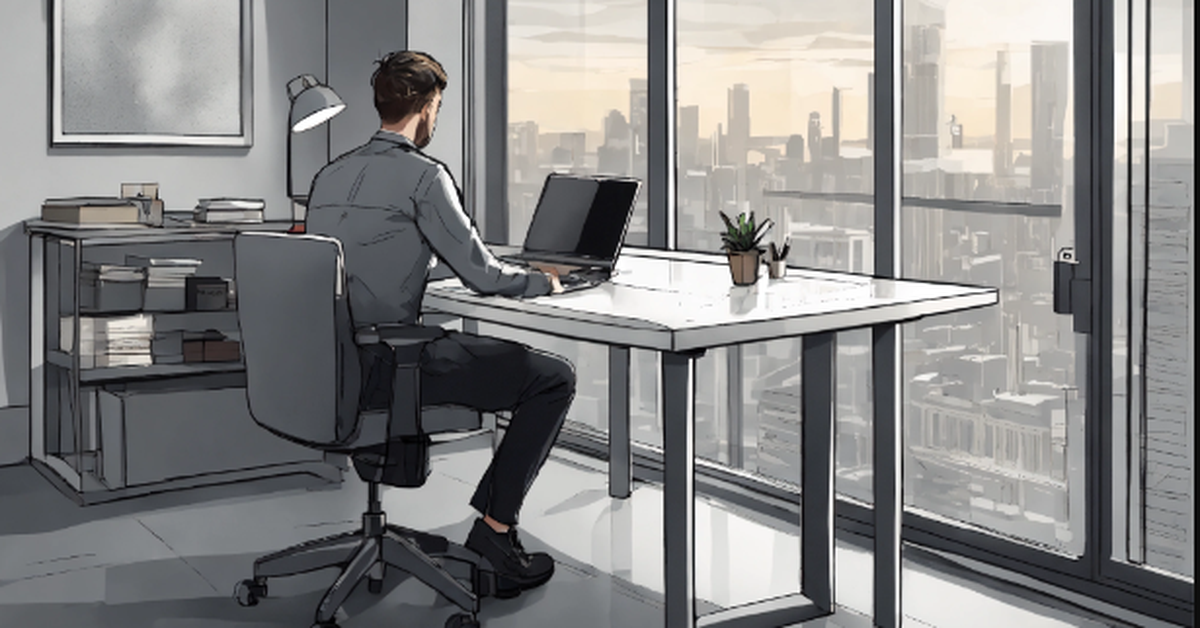

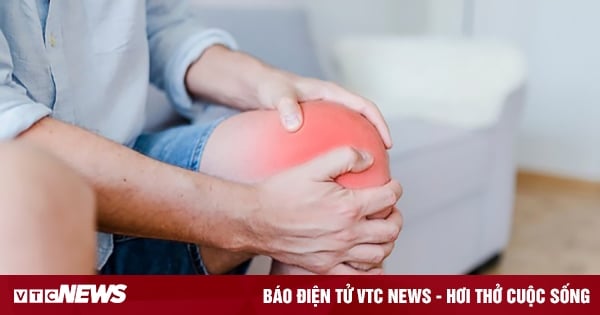
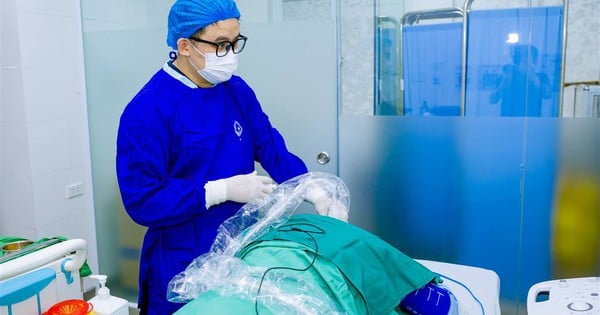

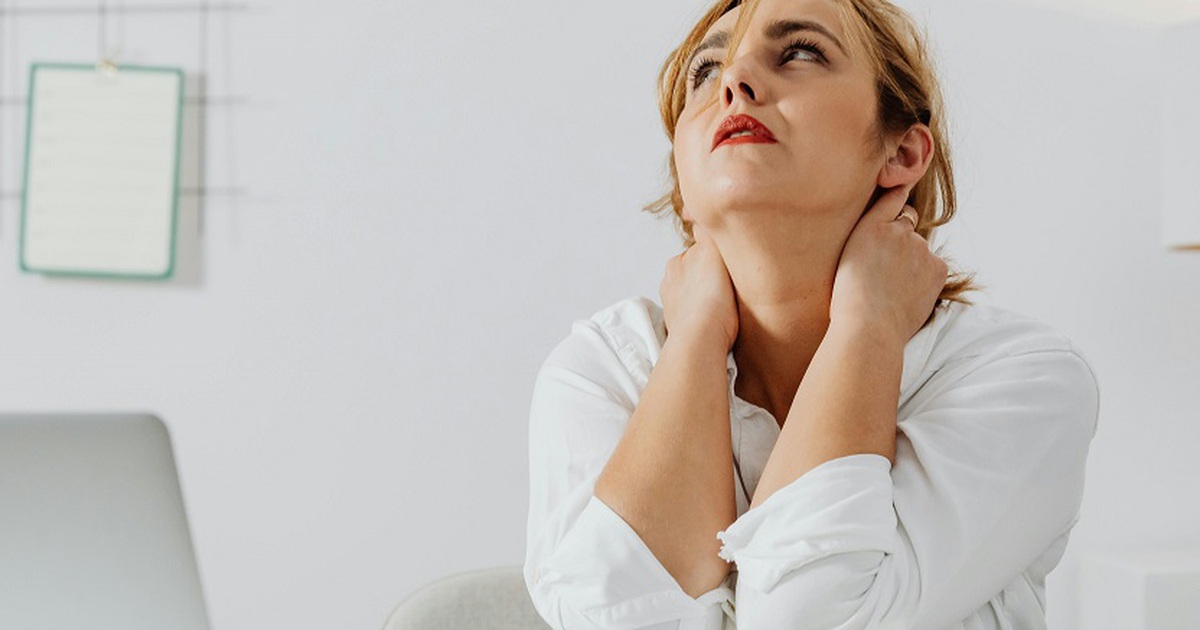

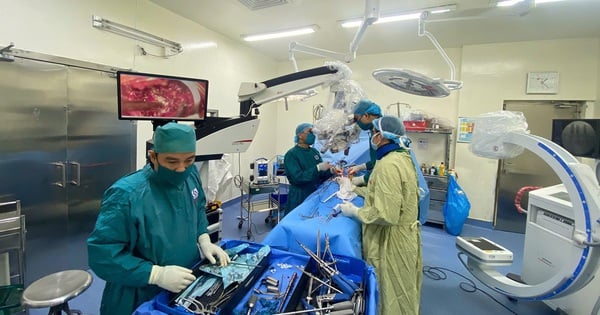
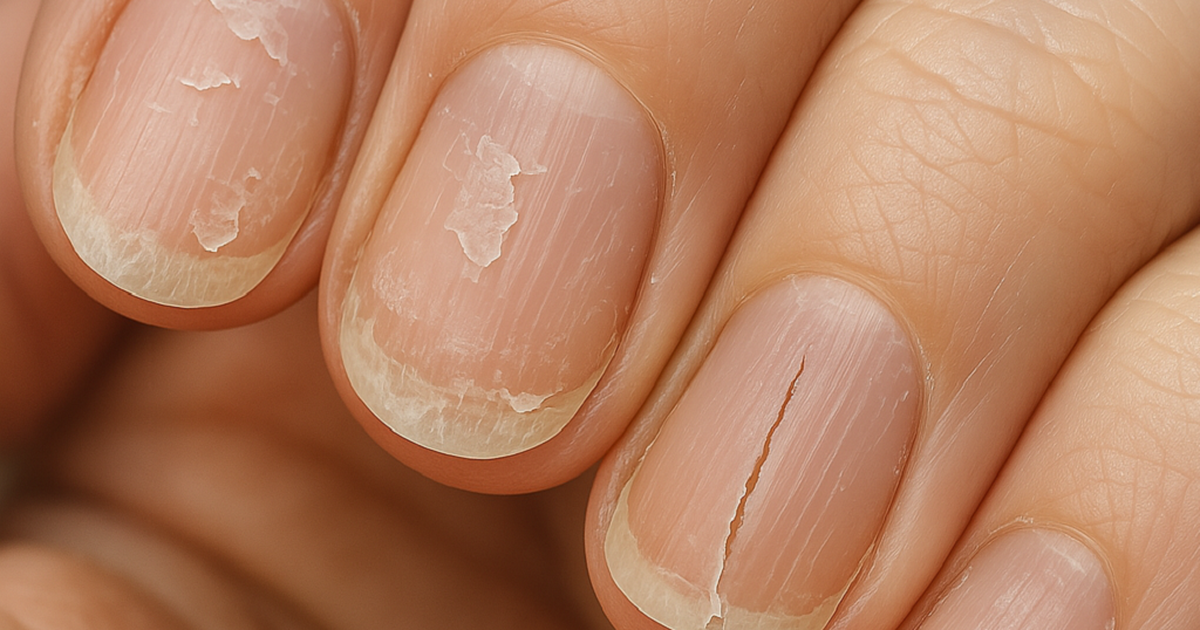
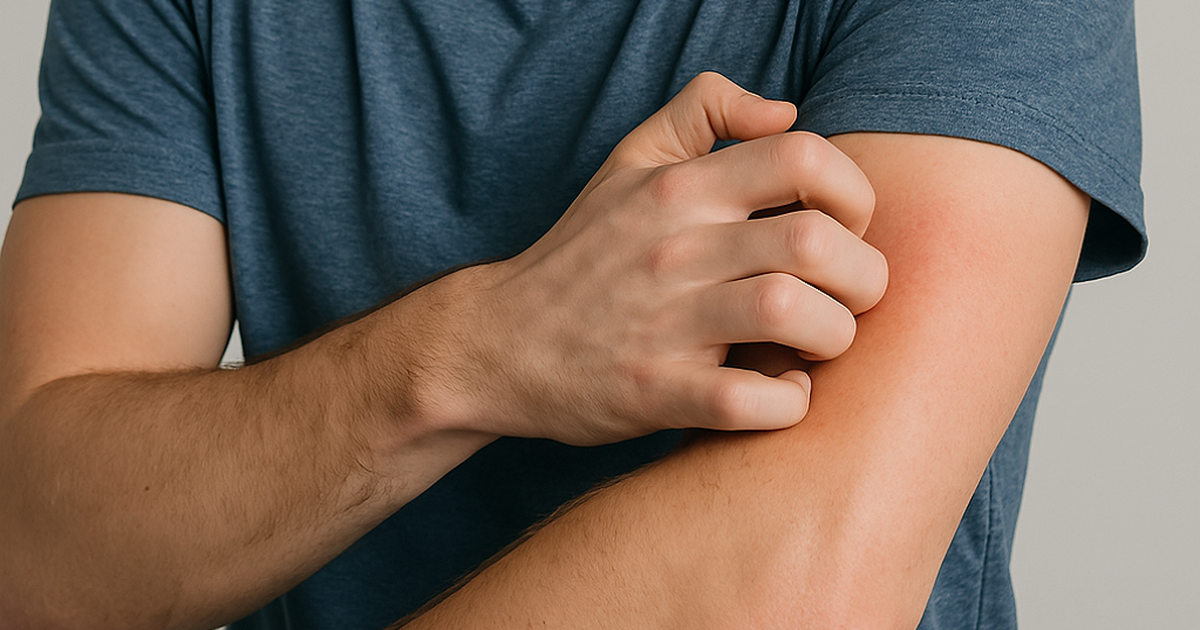
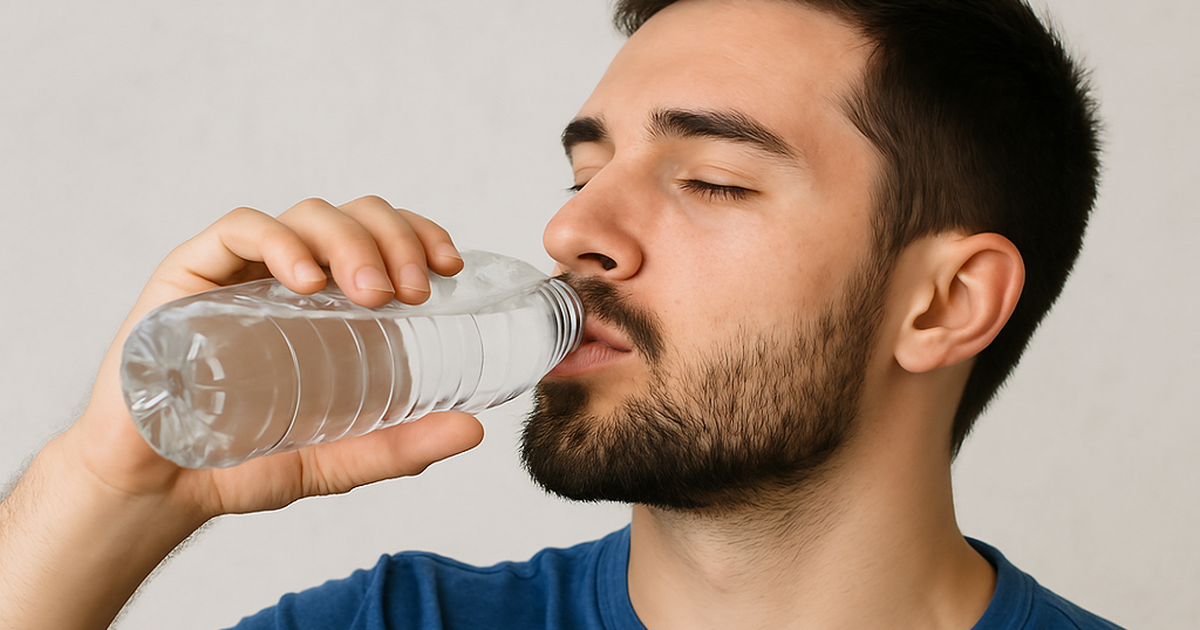















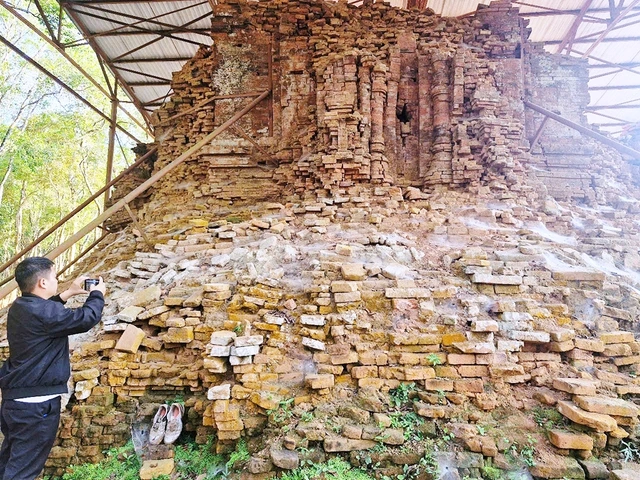


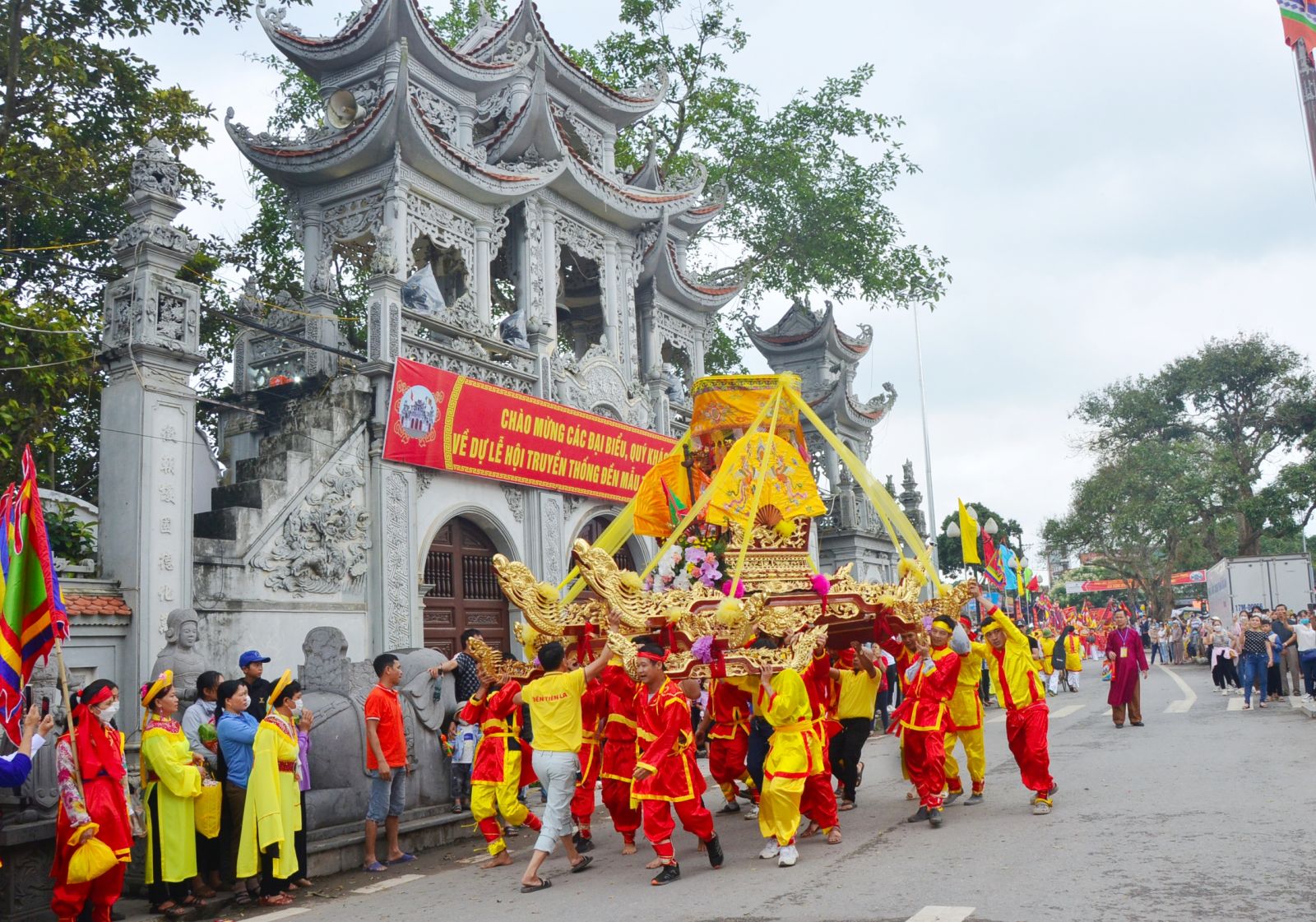





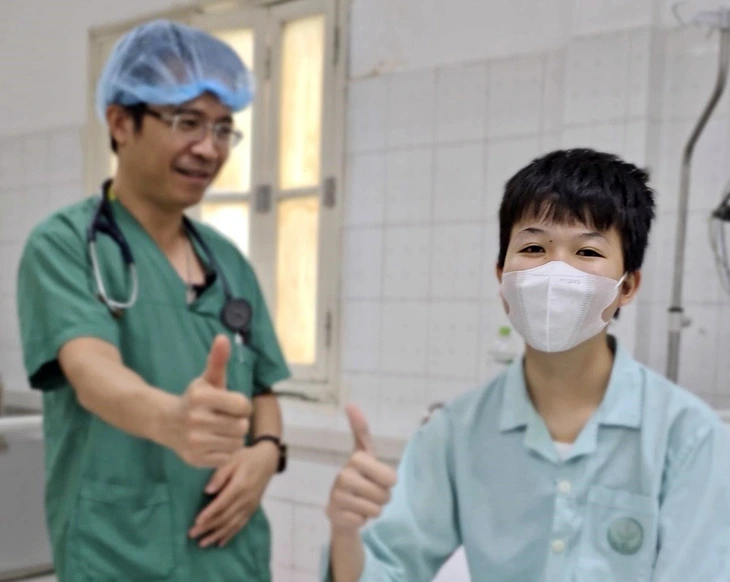
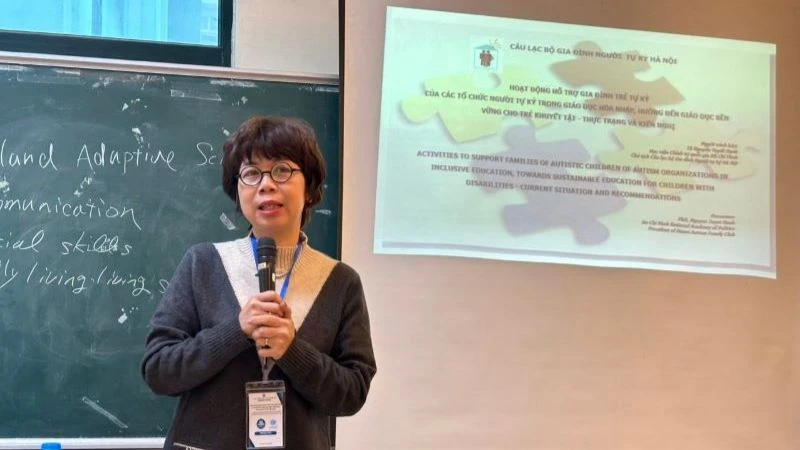















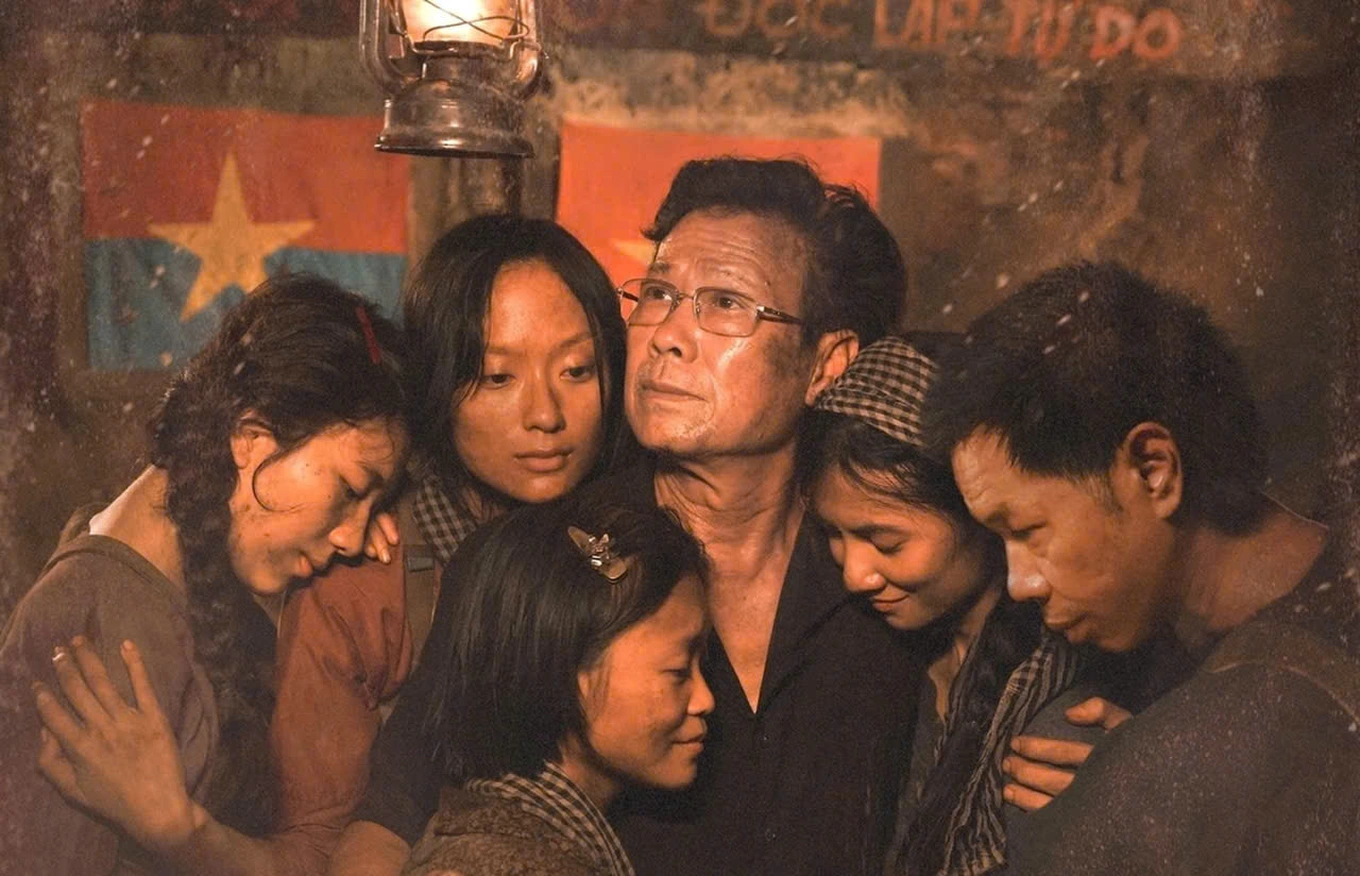
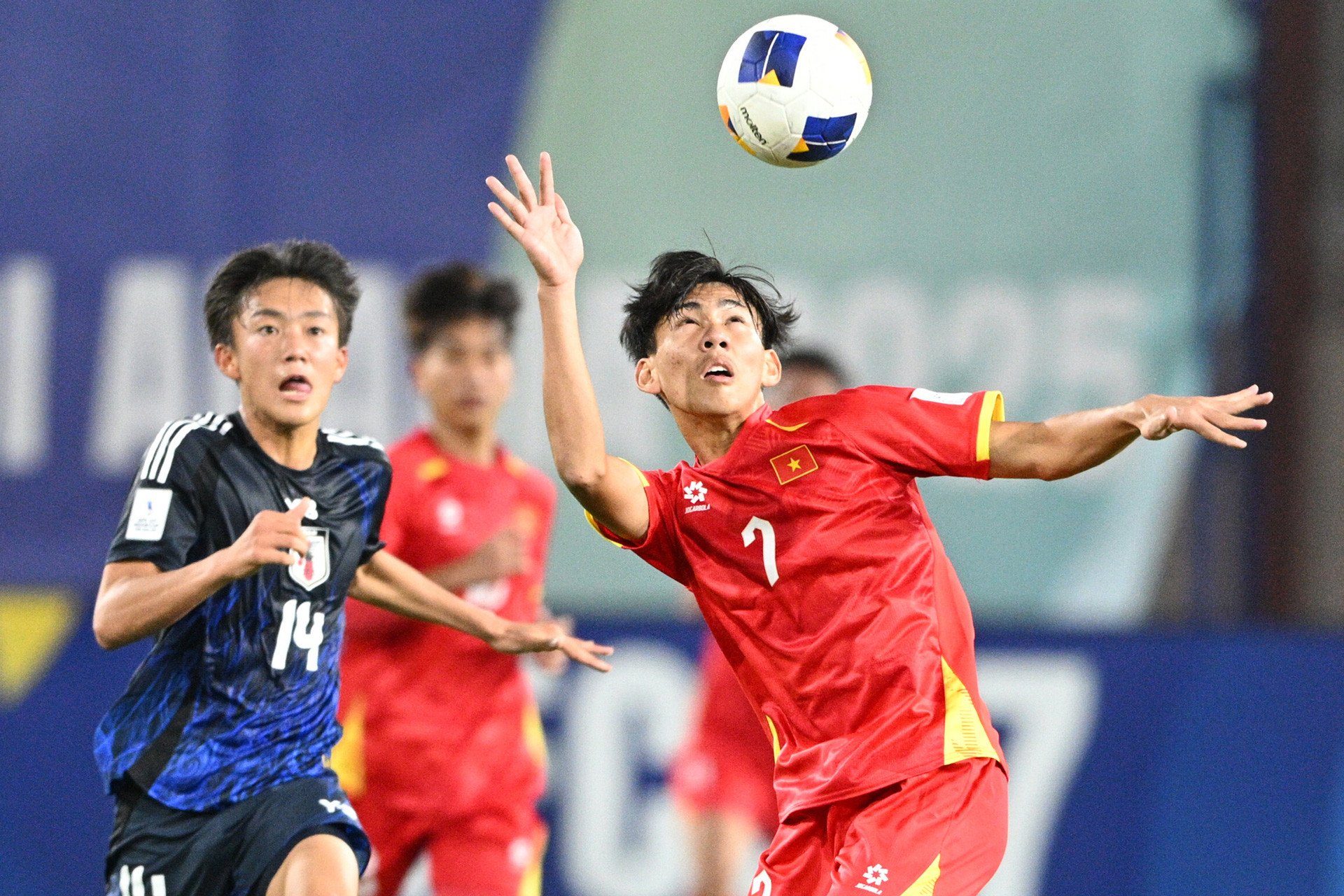















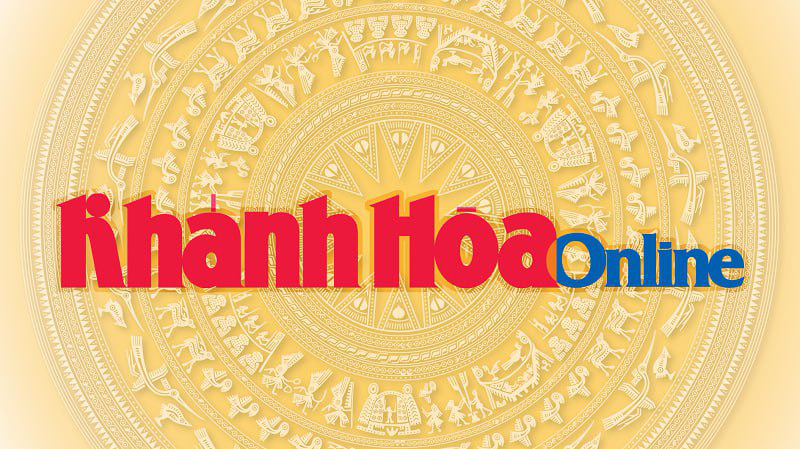







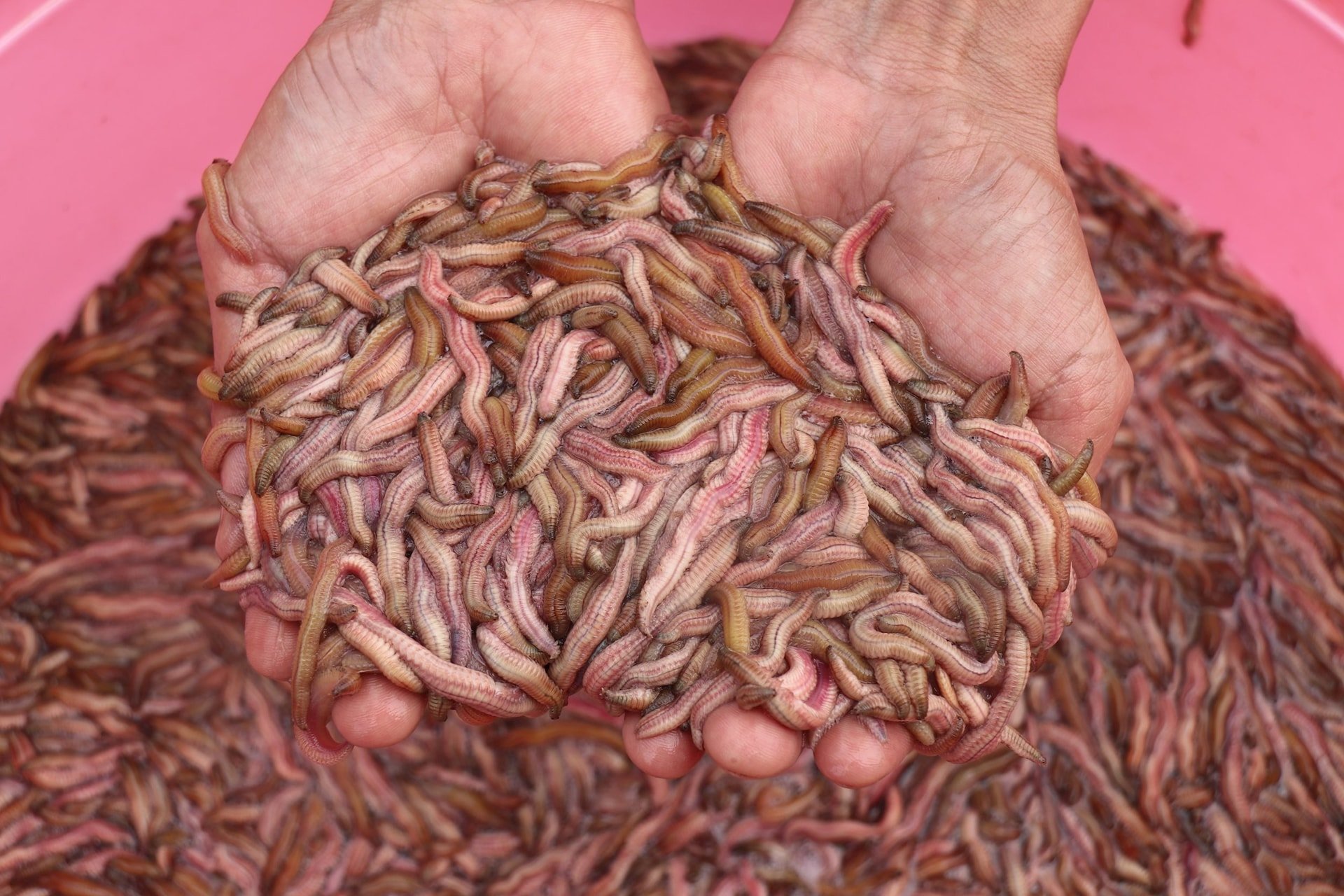


Comment (0)